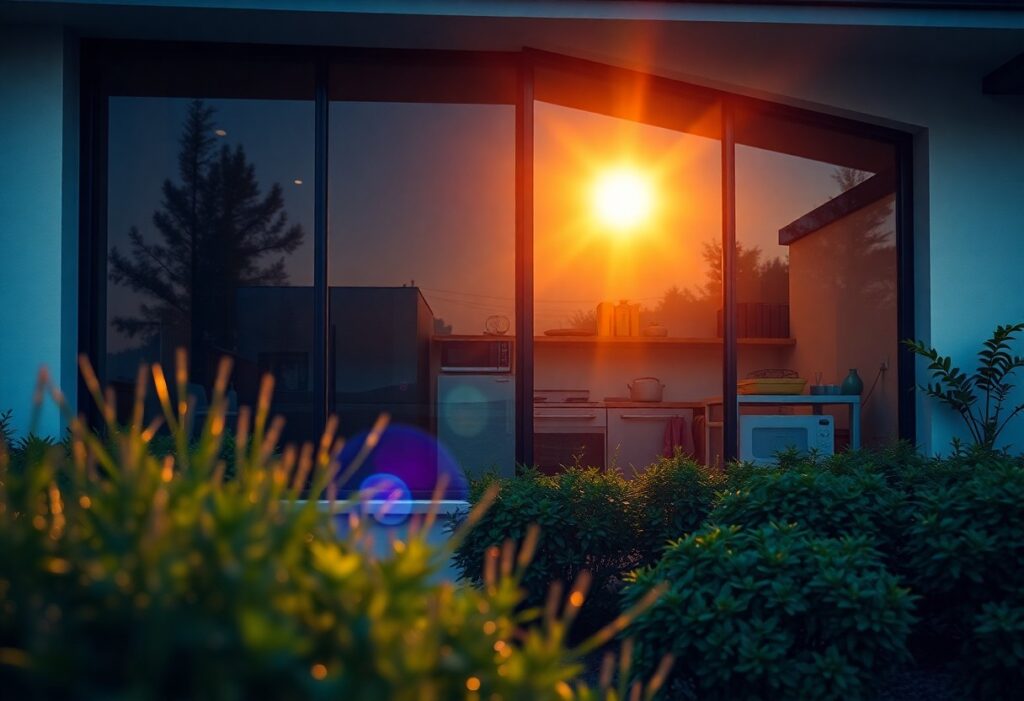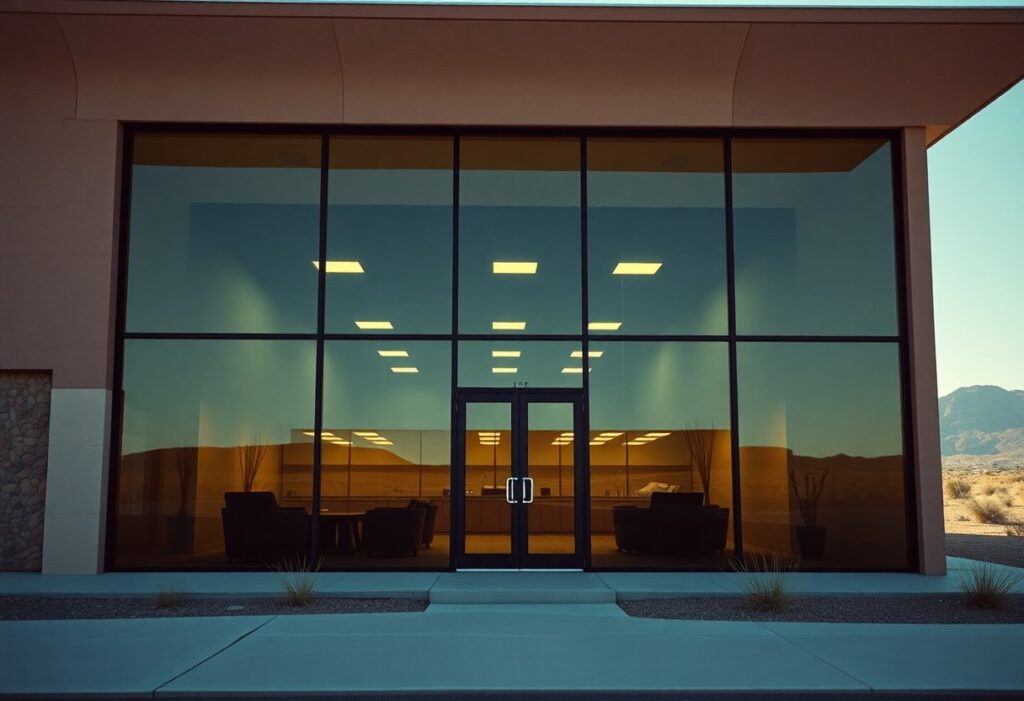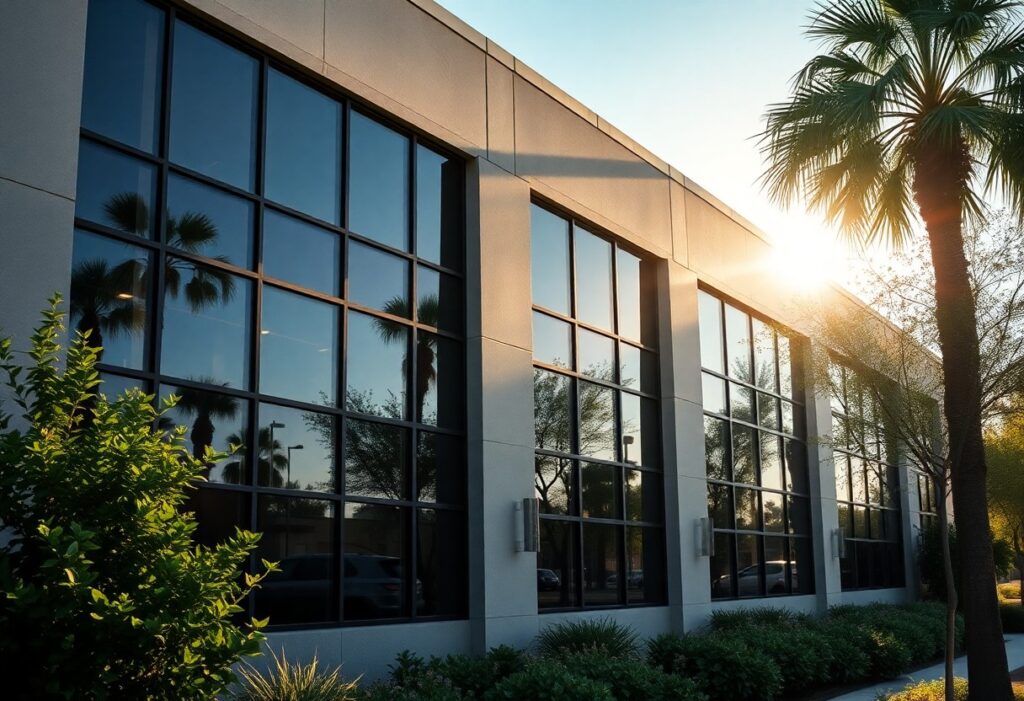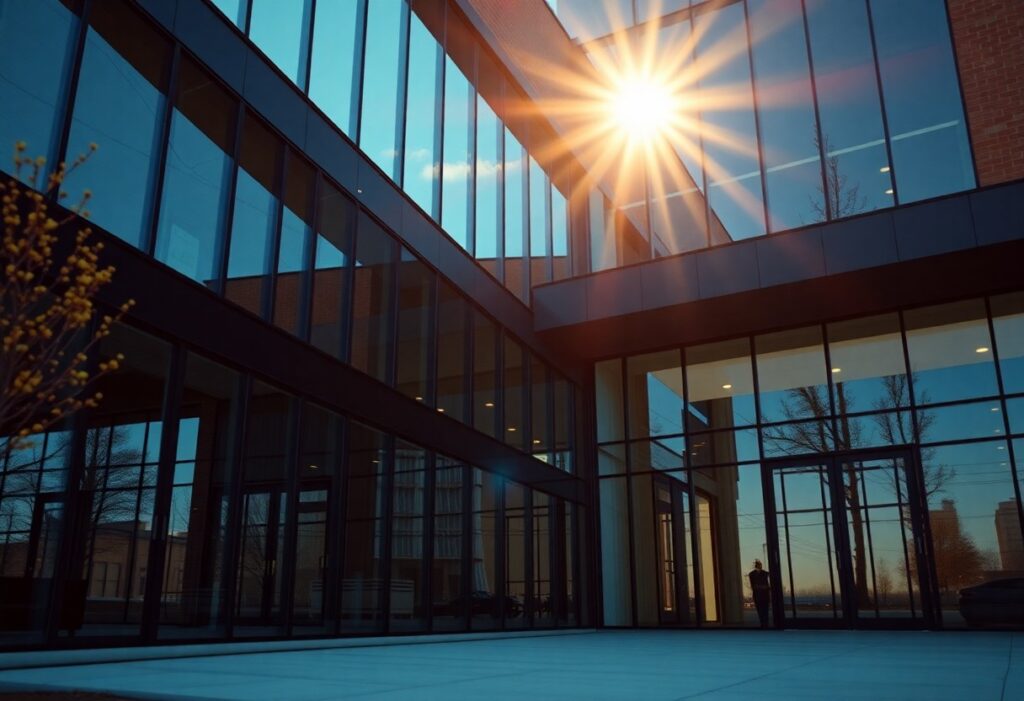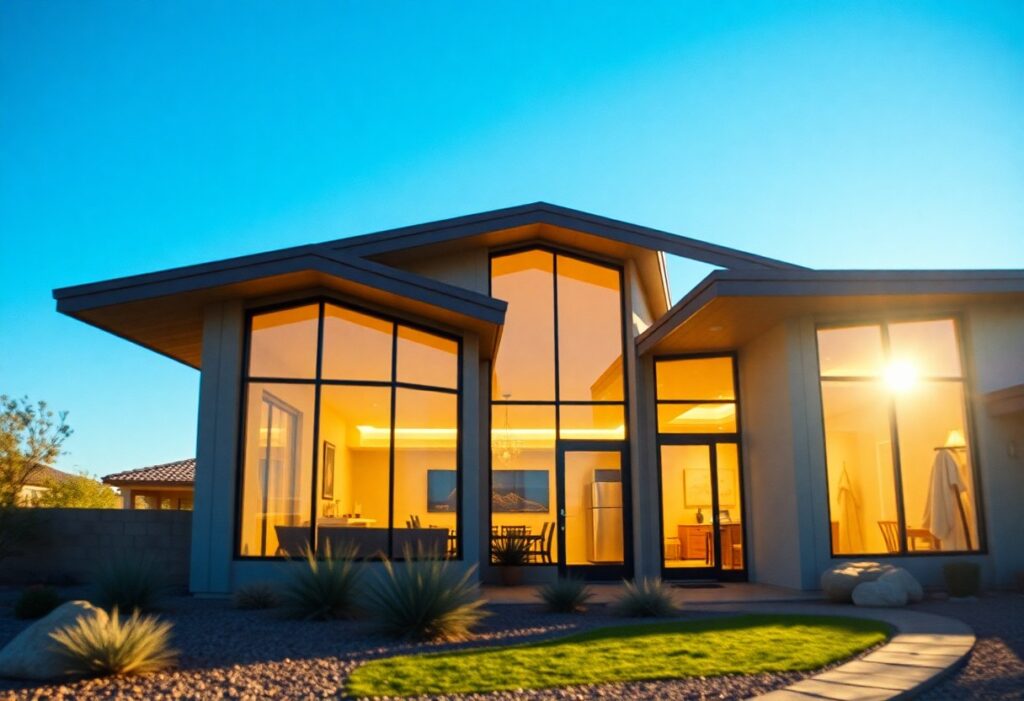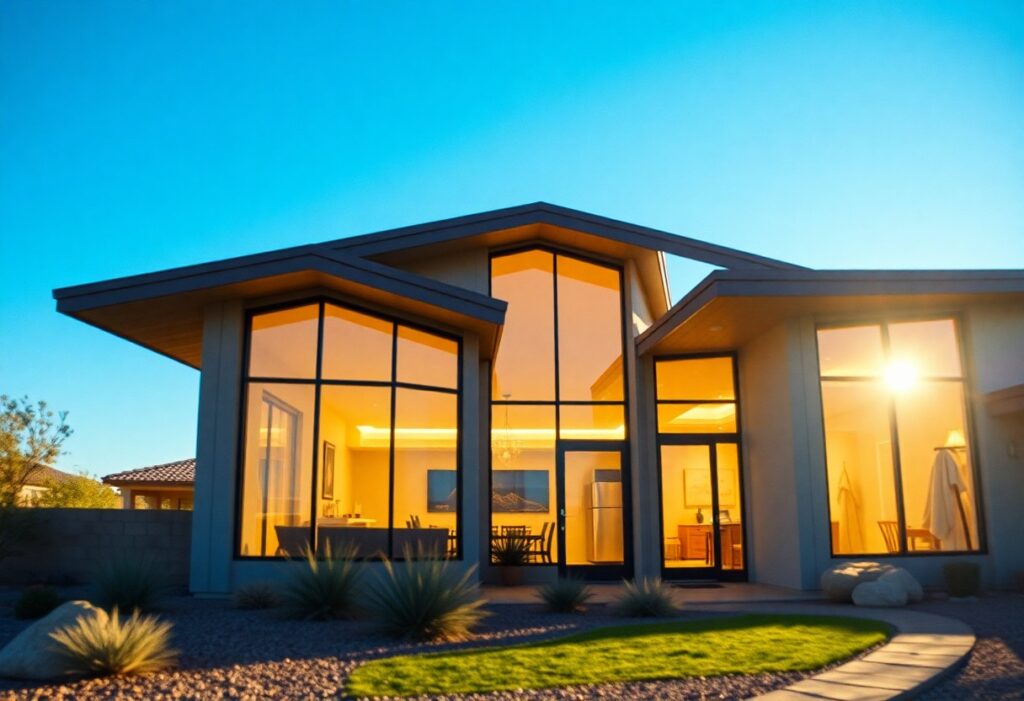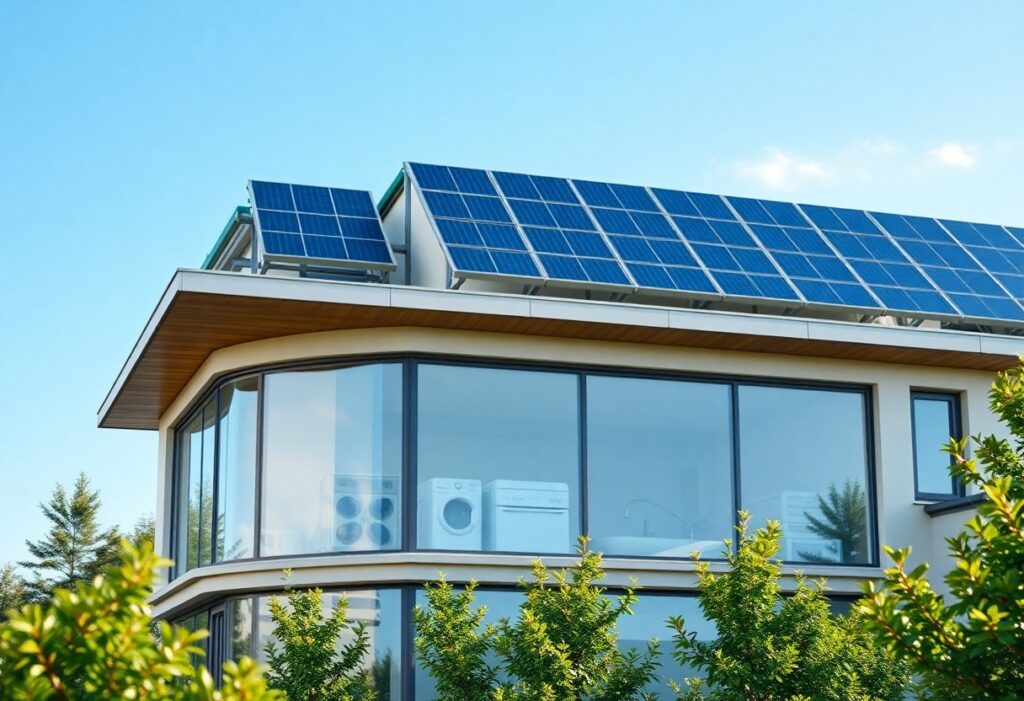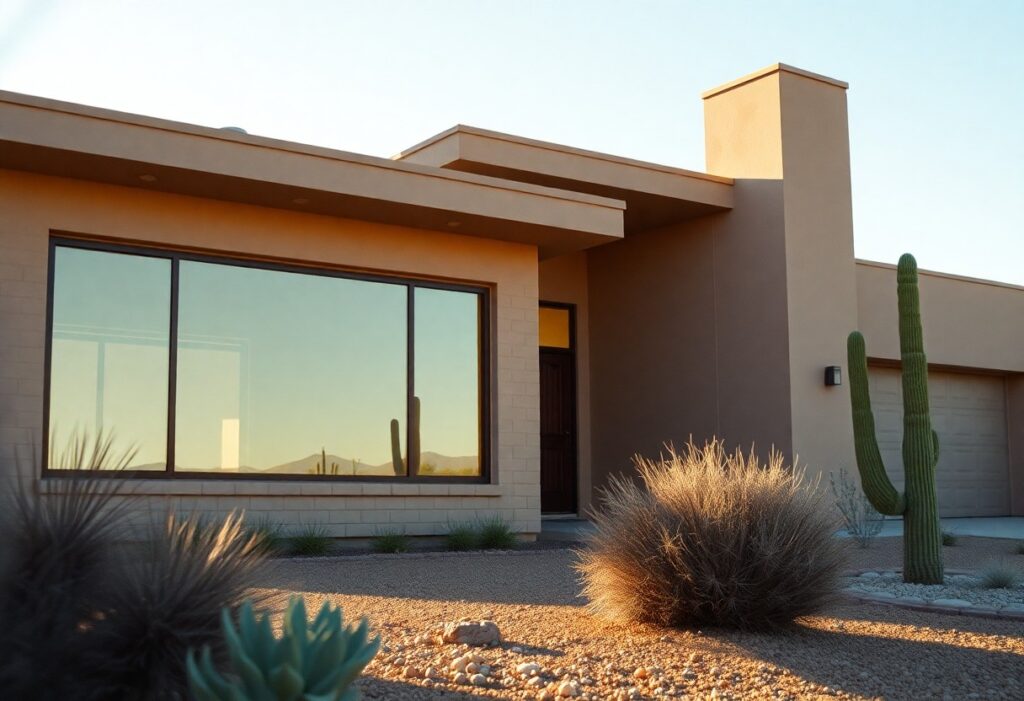How Window Tinting In Oracle Can Enhance Energy Efficiency And Comfort
Many homeowners in Oracle are discovering the benefits of window tinting for enhancing energy efficiency and comfort in their living spaces. By applying high-quality window films, you can effectively reduce heat gain during the sweltering summer months and minimize energy costs associated with air conditioning. Additionally, tinted windows help to block harmful UV rays which can fade your furniture and flooring, all while providing added privacy and glare reduction. This blog post will explore how window tinting can transform your home into a more comfortable and energy-efficient environment. The Science of Solar Heat Gain Solar heat gain refers to the increase in temperature in your home due to the absorption of sunlight through windows. Understanding this process allows you to enhance the energy efficiency of your home by mitigating unwanted heat. Knowledge of how different surfaces respond to solar radiation enables you to make informed choices about window treatments that can significantly lower your energy bills while improving overall comfort. Understanding Solar Spectrum and Heat Transfer The solar spectrum consists of various wavelengths of light, including ultraviolet (UV), visible, and infrared (IR) radiation. While visible light contributes to brightness, it’s the infrared radiation that is primarily responsible for heat transfer. When sunlight penetrates your windows, the absorption of these wavelengths can raise indoor temperatures, making cooling systems work harder and increasing energy consumption. The Role of Window Tinting in Heat Resistance Window tinting plays a significant role in reducing solar heat gain by filtering out harmful UV and IR rays before they enter your living space. High-quality tint films can block up to 99% of UV rays and significantly reduce the amount of heat transferred inside, leading to a more comfortable indoor environment year-round. This resistance not only contributes to increased comfort but can also prolong the life of your furniture and flooring by minimizing sun-related fading. Various studies indicate that residential window tinting can cut solar heat gain by 30-60%, depending on the type of film and the orientation of your windows. This means less reliance on air conditioning systems, resulting in energy savings that can add up significantly over time. By investing in effective window tinting solutions, you’re not just enhancing your home’s comfort; you’re also prioritizing energy efficiency and sustainability. Enhanced comfort on hot days won’t just make your living areas more enjoyable—it can lead to consistent savings, as your HVAC system doesn’t have to work as hard to maintain a pleasant temperature. Cost-Effectiveness of Window Tinting Solutions Investing in window tinting may seem daunting due to the initial costs, yet the long-term benefits often outweigh the upfront expenditures. With energy savings, enhanced comfort, and increased property value, window tinting delivers a considerable return on investment over time. Additionally, many products come with warranties that prolong their service life, further justifying the expense. Expect an overall reduction in energy bills while enjoying your living space more comfortably. Upfront Investment vs. Long-Term Savings The initial investment in window tinting can vary depending on the size of your windows and the type of tint you choose. However, the upfront costs can typically be recovered within a few years due to the ongoing savings on your energy bills. By reducing the demand on your HVAC system, effective window tinting pays for itself over time, especially in climates where air conditioning usage is high. How Energy Efficiency Impacts Utility Bills Energy efficiency has a direct impact on your utility bills, making window tinting a wise financial decision. With proper tinting, solar heat gain can be reduced significantly, decreasing reliance on air conditioning during summer months. Studies indicate that window films can reduce energy consumption by as much as 30%, depending on the climate and existing window performance. This translates to tangible savings in your monthly utility expenses. Specifically, if you’re currently spending $200 a month on energy bills, a 30% reduction could save you $60 each month, amounting to $720 annually. Over a decade, these savings accumulate substantially, offsetting the initial cost of the tint. As energy prices continue to rise, the ability of window tinting to enhance your home’s energy efficiency will not only reduce your environmental footprint but also provide considerable financial relief over time. Enhancing Interior Comfort through Temperature Control Controlling the temperature within your home ensures a consistent and pleasant living environment. Window tinting plays a significant role in maintaining this balance by reducing heat gain during the summer months and minimizing heat loss in the winter. By slowing down the transfer of heat through your windows, you can keep your indoor spaces cooler in the summer and warmer in the winter. Ultimately, this leads to a more comfortable atmosphere, allowing you to enjoy your space year-round while also reducing the strain on your heating and cooling systems. Benefits of Temperature Control Impact of Window Tinting Reduced reliance on HVAC systems Lower energy consumption costs Consistent indoor temperatures Enhanced comfort for occupants Improved air quality Greater control over humidity levels Balancing Light and Privacy: A Vital Compromise Striking the perfect balance between natural light and privacy is important for your home’s comfort. Window tinting allows you to enjoy bright, well-lit interiors while maintaining a level of seclusion from the outside world. Various shades and types of film enable you to customize the amount of light that enters your space while keeping prying eyes at bay. This flexibility not only enhances your living experience but also contributes to a controlled indoor climate. The Effect of Tinting on Indoor Temperature Fluctuations With window tinting, you can mitigate the extreme temperature fluctuations that often occur due to outside weather conditions. By reflecting solar heat away during peak sun hours, the films keep your home cooler, while limiting the heat lost during cold nights. This consistent regulation leads to less strain on your HVAC system and a more stable indoor environment. Many homeowners notice a marked reduction in temperature-related discomfort, culminating in an overall improved quality of life. Temperature Management Strategies Advantages of Window Tinting Regularly adjusting HVAC settings Less

